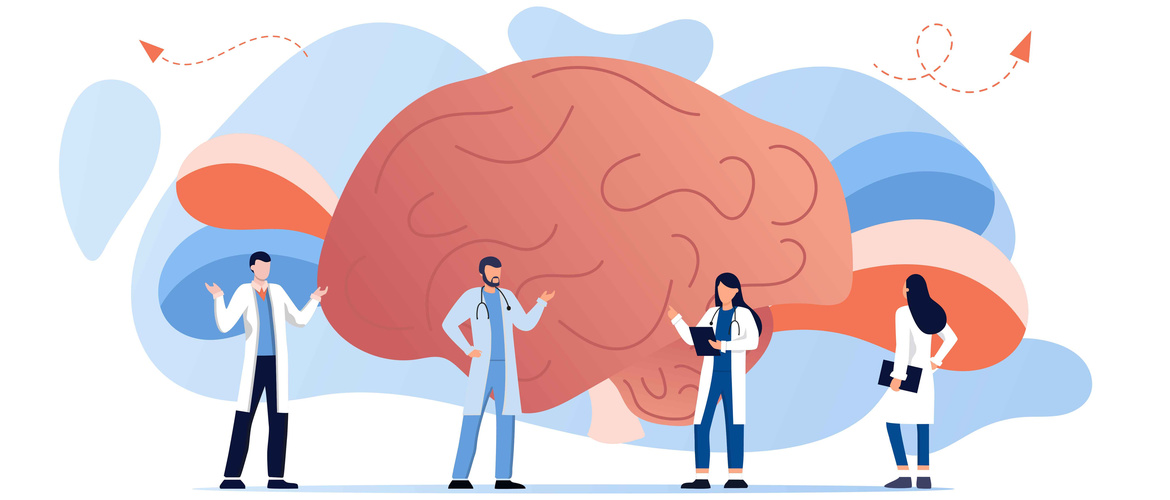
Choose a channel
Check out the different Progress in Mind content channels.

Progress in Mind

Migraine results from a complex cascade of neurological events involving a variety of different mechanisms. New insights into these mechanisms were presented by Professor Andrew Charles, UCLA, LA, at Virtual Scottsdale Headache Symposium 2020.
The neurological mechanisms resulting in the headache and clinical features of migraine involve:
But in what order do the events leading to a migraine occur? asked Professor Charles.
More questions than answers
CGRP plays a pivotal role, but many questions remain unanswered
The efficacy of acute migraine therapies does not result from vasoconstriction as once thought,2 he said. It is now clear that targeting neural pathways is key for migraine treatment and prevention.
For example, CGRP plays a pivotal role, but many questions remain unanswered as follows:
Clues to the answers
Site of action of CGRP antibodies must be in the peripheral nervous system or the hypothalamus
CGRP antibodies prevent migraine but they are unable to cross the blood-brain barrier. Their site of action must therefore be in the peripheral nervous system or the hypothalamus, said Professor Charles.
Further clues have been provided by a randomized controlled cross-over design trial that analyzed the clinical features of migraines induced by CGRP and migraines induced by a phosphodiesterase type 5 (PDE5) inhibitor.3
The migraine-inducing pathway triggered by CGRP is mediated by cyclic adenosine monophosphate (cAMP), whereas the pathway triggered by a PDE5 inhibitor is mediated by cyclic guanosine monophosphate (cGMP).
Could migraines induced by these different pathways have different clinical features? asked Professor Charles.
Of 27 patients who completed the trial, 17 developed migraine after both CGRP and a PDE5 inhibitor, said Professor Charles. The clinical features of the migraines—headache, laterality, nausea, photophobia and phonophobia—were similar for all patients.3
cAMP and cGMP signaling pathways appear to converge in a common trigger of migraine
The cAMP and cGMP intracellular signaling pathways therefore appear to be converging on a common factor, which ultimately triggers the same attacks.3
Much more work now needs to be done to expand on these new insights to address the remaining large gaps in our understanding of the pathophysiology of headache disorders, concluded Professor Charles.